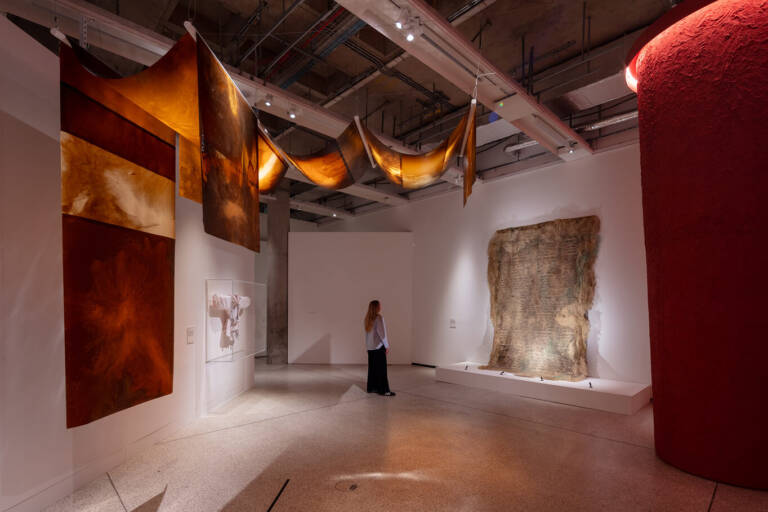This summer, London’s Design Museum invites visitors into a visionary world where design transcends the human. The More than Human exhibition, running from July 11th to October 5th, 2025, brings together art, architecture, and radical thinking to explore how design can help the planet thrive—not just for us, but for the many species we share it with. As the first major museum show dedicated to the more than human design movement, it marks a pivotal moment in how we understand the relationship between creativity and ecology.
Organized in collaboration with Future Observatory, the UK’s national research programme for the green transition, the exhibition features more than 140 works by over 50 international artists, architects, and designers, with several new commissions that rethink the role of humans within the living world. The result is a compelling and hopeful response to today’s climate emergency—one that shifts design beyond human needs toward planetary collaboration.
Beyond human: a new design ethic emerges
At the heart of the exhibition is a profound question: What if we designed not just for ourselves, but for the ecosystems we inhabit? This beyond human philosophy challenges the dominance of human-centered thinking in Western design. Instead, it offers a model where the flourishing of forests, oceans, insects, and pollinators is just as vital as that of people.
This shift is embodied in major new works such as Julia Lohmann’s immersive installation Kelp Council, a large-scale seaweed formation resembling an assembly of marine beings deep in ecological conversation. Equally impactful is Alexandra Daisy Ginsberg’s tapestry, which imagines the world from the perspective of pollinators—those often-invisible agents of biodiversity.
Beyond human design: three sections, one planet
The exhibition unfolds across three sections, each offering a different entry point into beyond human design.
The first section, Being Landscape, explores the deep-rooted connections between humans and nature through art, craft, and cultural practice. Highlights include Solange Pessoa’s organic paintings, which blur the boundaries between the vegetal and the human, and Hélio Melo’s works, which record his life in the Amazon and the environmental threats it faces.
Photographs by Federico Borella and Michela Balboni document the Rumiti ritual of Southern Italy, where men become trees to honor their ancestral bond with nature. British artist Jonathan Baldock’s bronze masks, inspired by pagan corn dolls, speak to agricultural memory, while finely crafted basketry by the Ye’kuana people of Venezuela offers insight into Indigenous design as ecological knowledge.
The second section, Making With the World, introduces speculative and real-world design solutions for multispecies survival. Among them are Reef Design Lab’s Living Seawalls, which provide artificial habitats for marine life, and their Modular Artificial Reef Structure II, used to regenerate coral ecosystems.
On land, the Alusta Pavilion by Elina Koivisto and Maiju Suomi demonstrates how architecture can support biodiversity, offering shelter to both humans and insects in urban environments. Meanwhile, Johanna Seelemann’s Oase vessels, inspired by ancient irrigation and contemporary car parts, offer a poetic yet practical way to water city trees with minimal impact.
In a time of climate urgency, the More than Human exhibition doesn’t just ask what design can do—it asks for whom it should be done. With its powerful message and rich interdisciplinary mix, this show is more than an exhibition; it’s a call to action for designers, artists, and citizens to see the planet not as a resource, but as a living community.
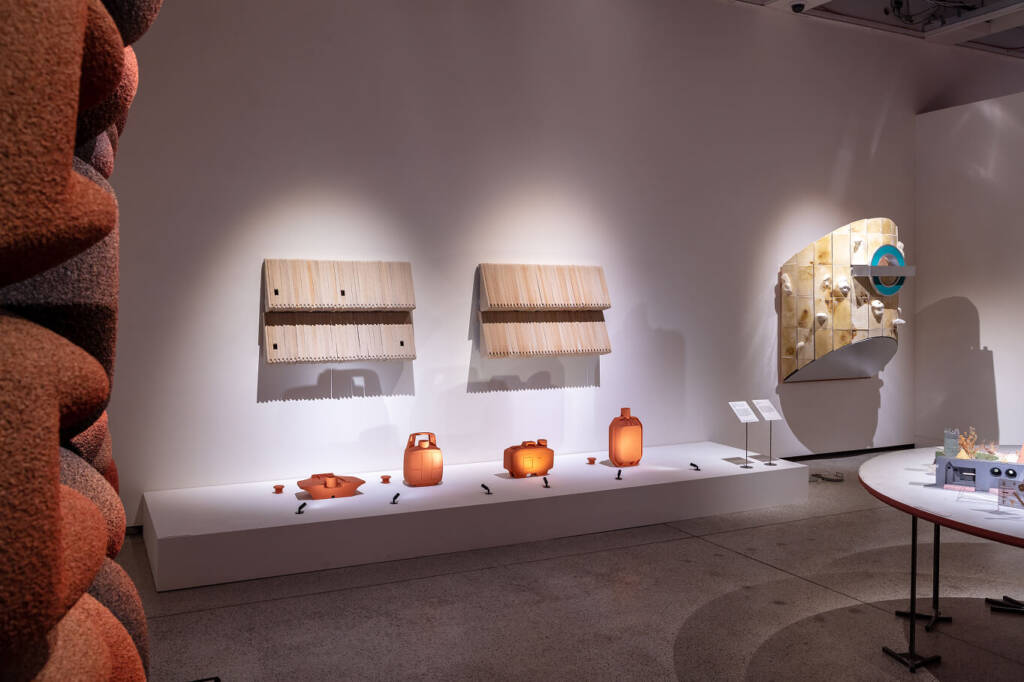
Courtesy of the DESIGN MUSEUM; Photography by LUKE HAYES
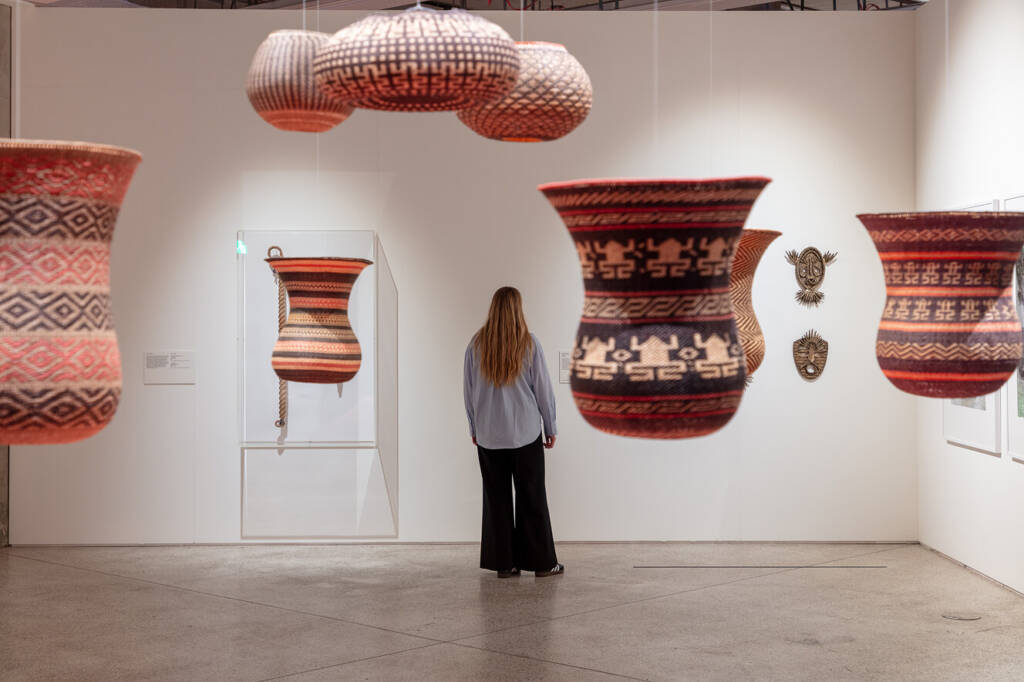
Courtesy of the DESIGN MUSEUM; Photography by LUKE HAYES
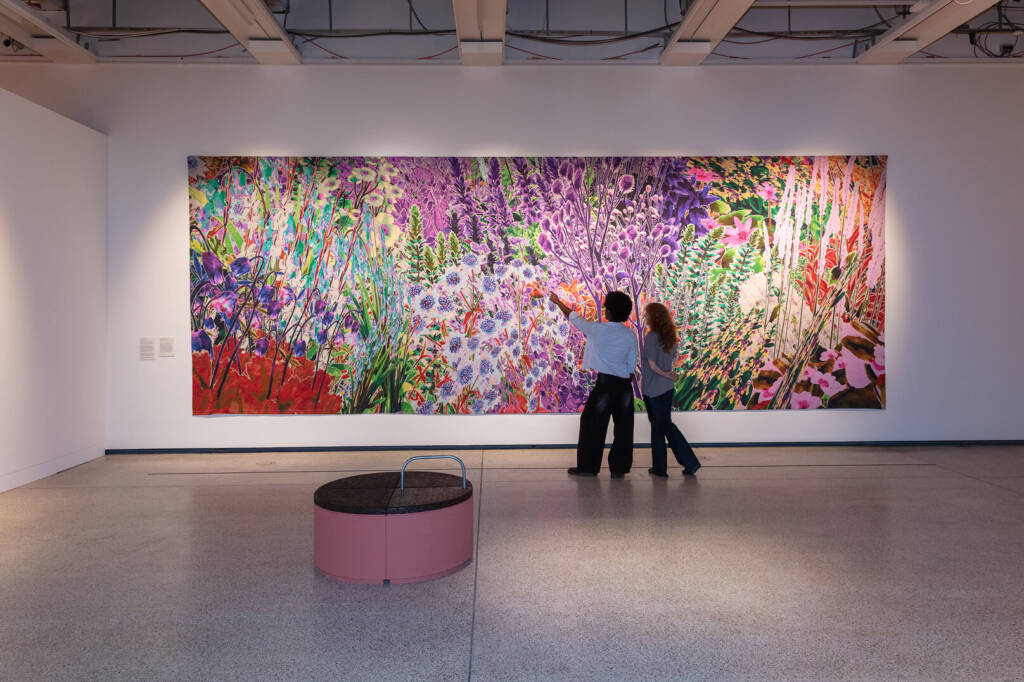
Courtesy of the DESIGN MUSEUM; Photography by LUKE HAYES
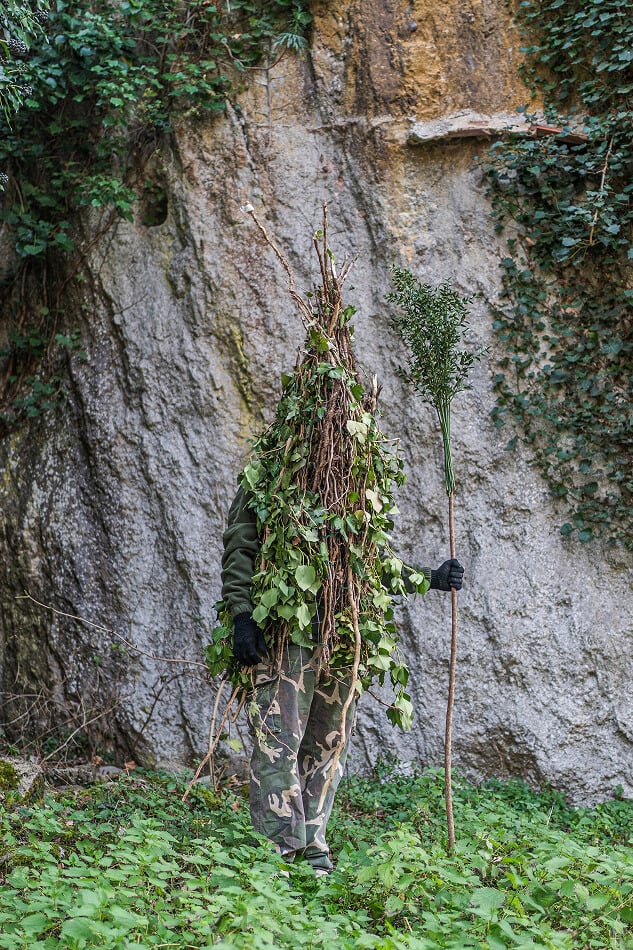
Rumita, 2024
Courtesy of FEDERICO BORELLA, MICHELA BALBONI and the Design Museum
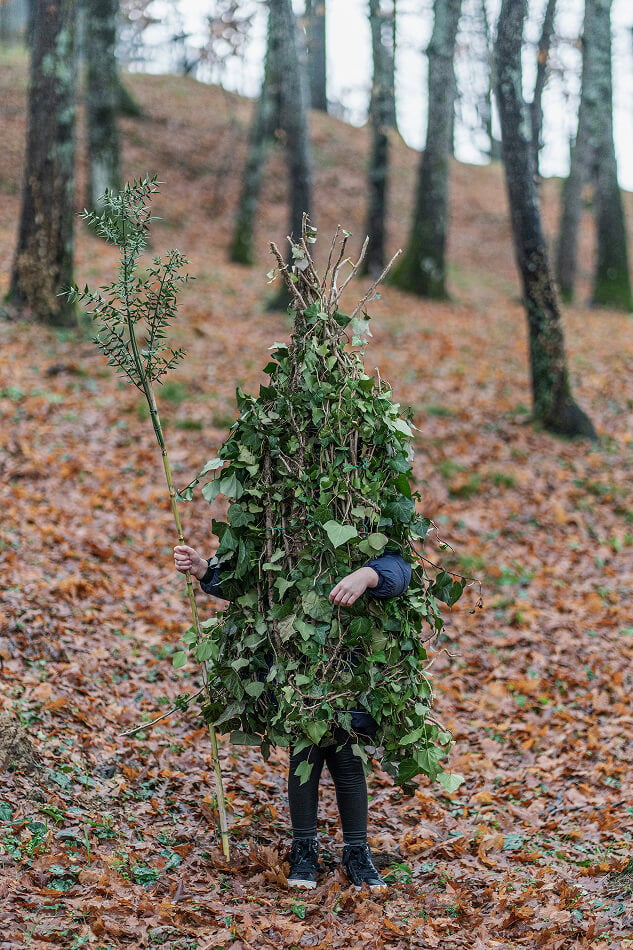
Rumita, 2024
Courtesy of FEDERICO BORELLA, MICHELA BALBONI and the Design Museum
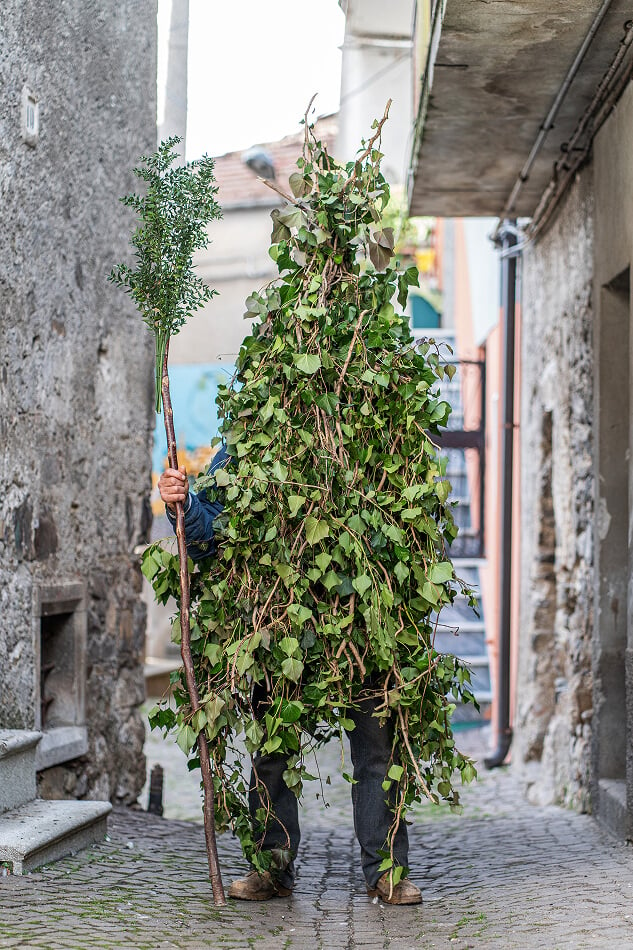
Rumita, 2024
Courtesy of FEDERICO BORELLA, MICHELA BALBONI and the Design Museum
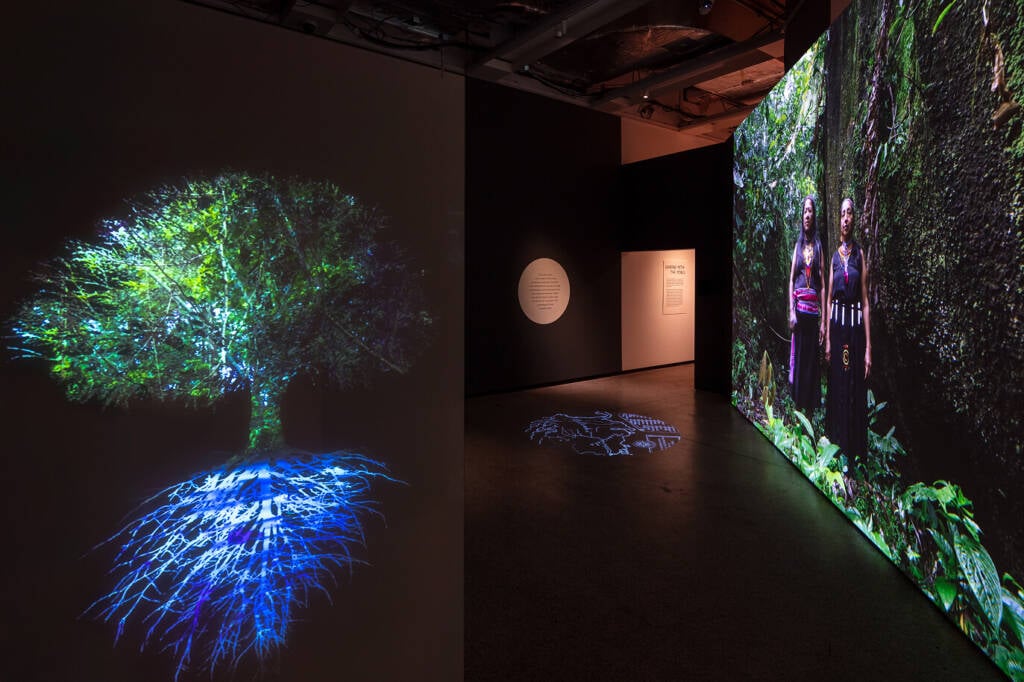
Courtesy of the DESIGN MUSEUM; Photography by LUKE HAYES
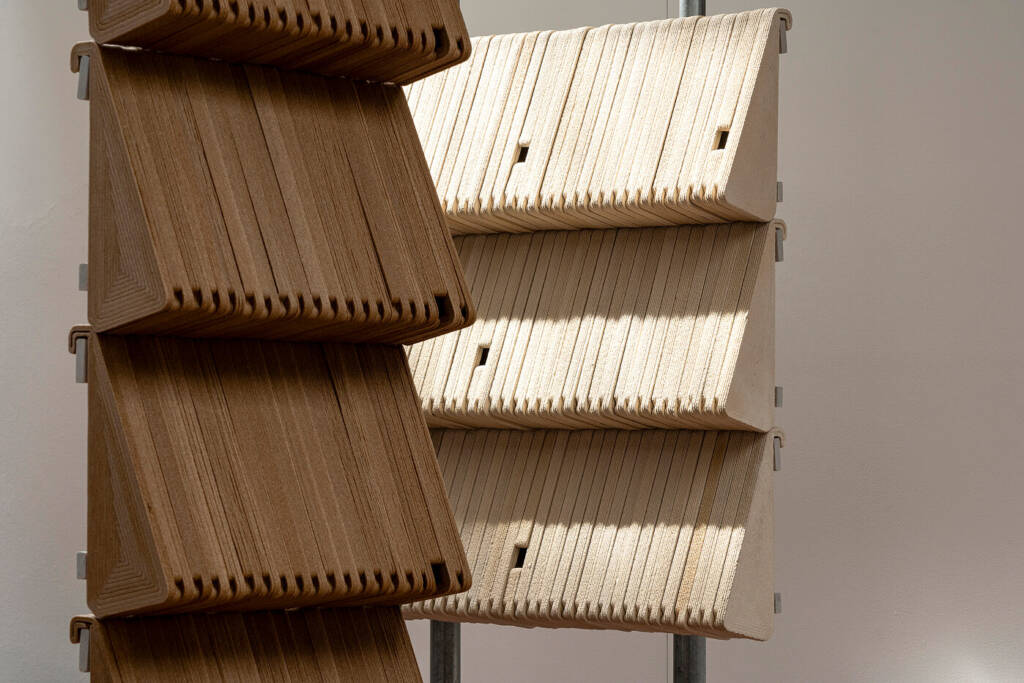
Micrographia, 2024
Photography by NICOLA COLELLA-PARK. Courtesy of JOHANNA SEELEMANNand the DESIGN MUSEUM
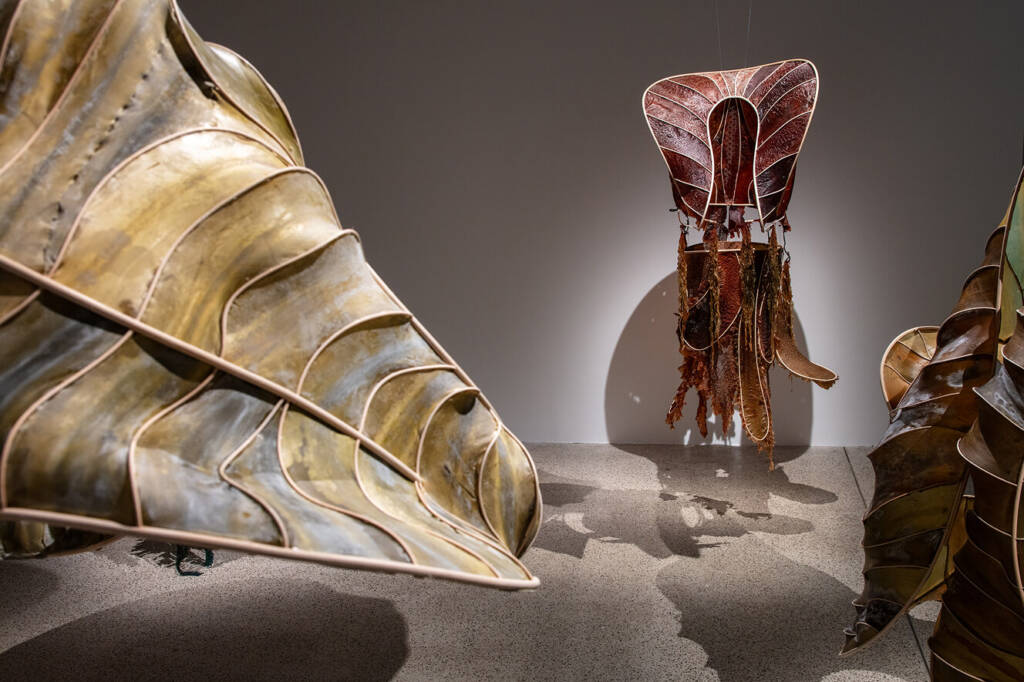
Courtesy of the DESIGN MUSEUM; Photography by LUKE HAYES
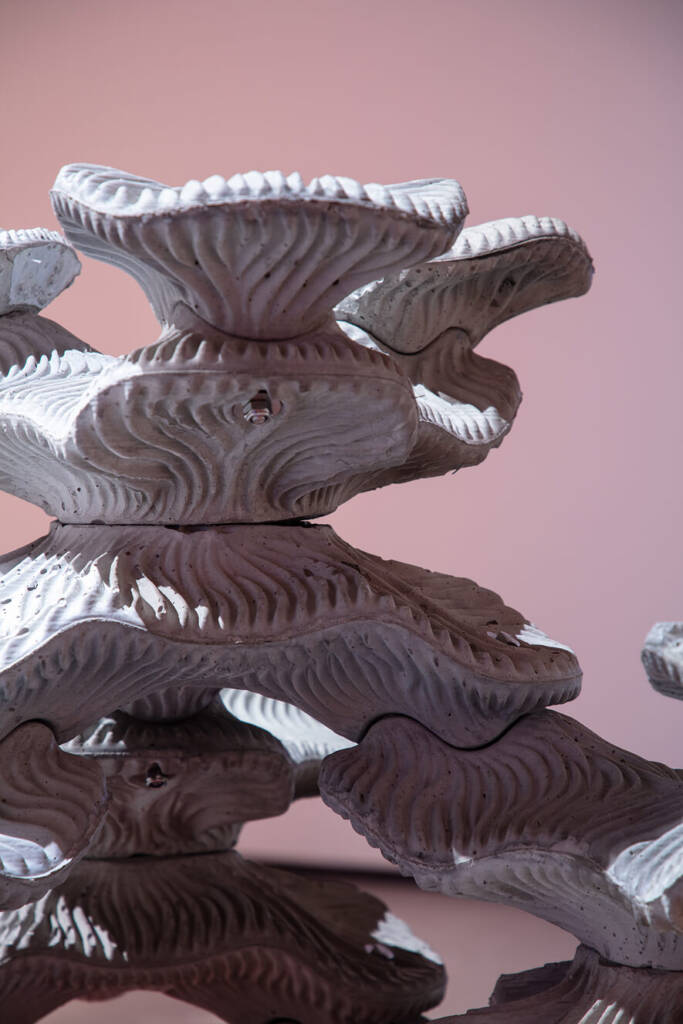
Courtesy of the DESIGN MUSEUM; Photography by LUKE HAYES

Micrographia, 2024
Photography by NICOLA COLELLA-PARK. Courtesy of JOHANNA SEELEMANNand the DESIGN MUSEUM

Courtesy of the DESIGN MUSEUM; Photography by LUKE HAYES
